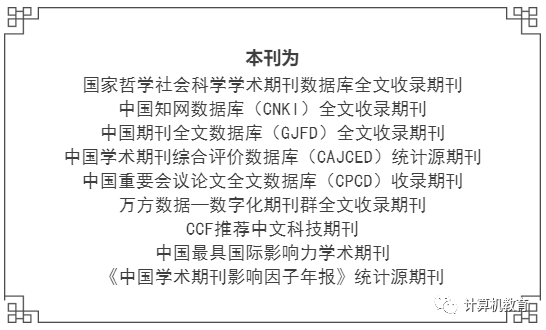

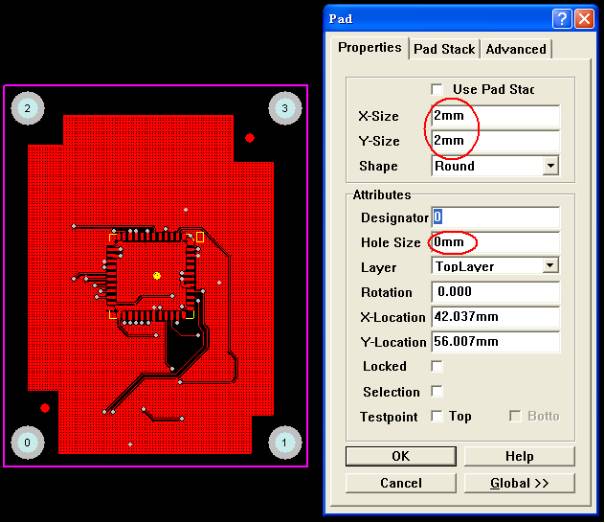
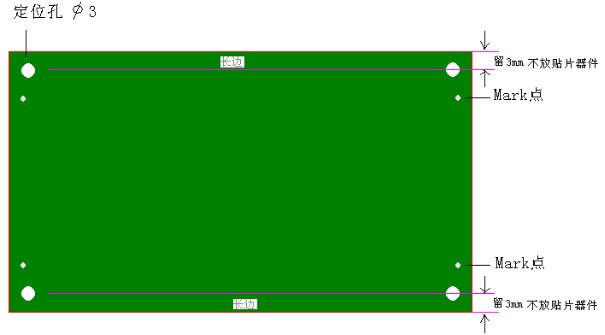
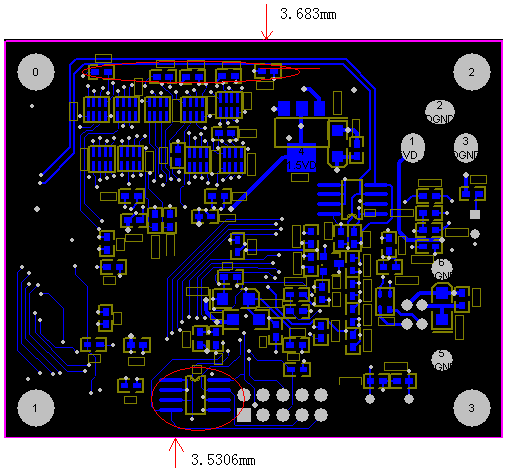

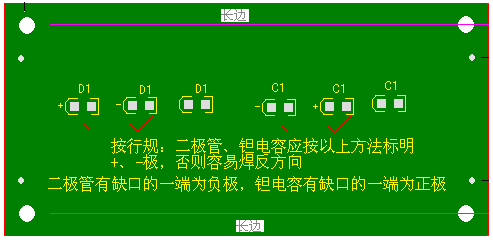
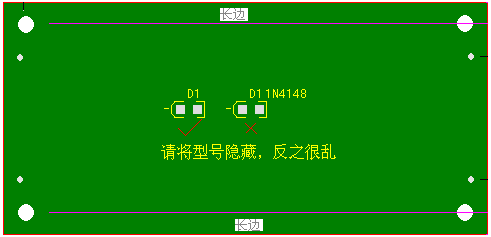


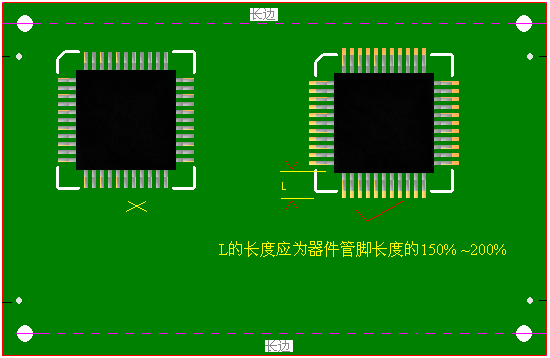

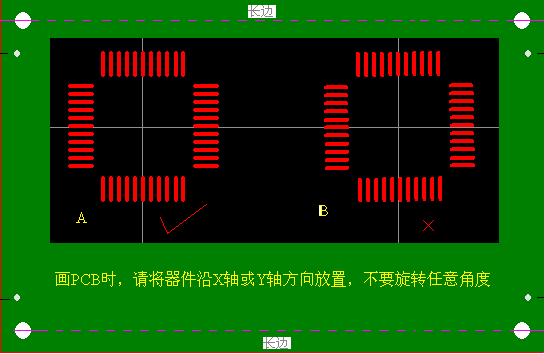




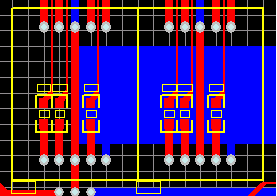


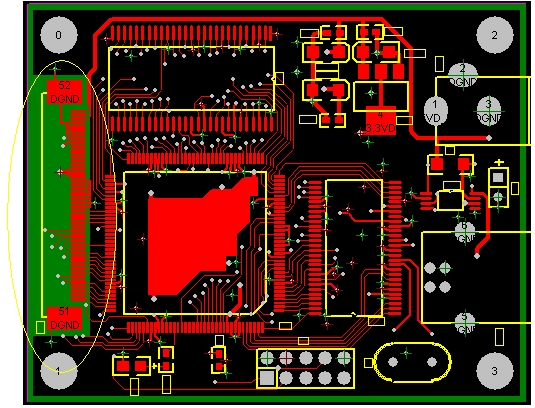
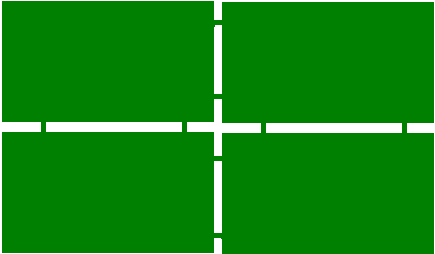

This article is reprinted from the public account ‘Artificial Intelligence Science and Technology’.
More exciting content:
[Directory] ‘Computer Education’ 2022 Issue 4
[Directory] ‘Computer Education’ 2022 Issue 3
[Directory] ‘Computer Education’ 2022 Issue 2
[Directory] ‘Computer Education’ 2022 Issue 1
[Editorial Message] Professor Li Xiaoming from Peking University: Thoughts from the ‘Year of Classroom Teaching Improvement’…
Professor Chen Daoxu from Nanjing University: Which is more important, teaching students to ask questions or teaching students to answer questions?
[Ten Series]: Trends in Computer Science Development and Their Impact on Computer Education
Professor Li Xiaoming from Peking University: From interesting mathematics to interesting algorithms to interesting programming—one way for non-professional learners to experience computational thinking?
Reflections on Several Issues in Building a First-Class Computer Discipline
Professor Liu Yunhao from Tsinghua University Answers 2000 Questions on AI
Professor Zhan Dezhen from Harbin Institute of Technology: A new model to ensure teaching quality in higher education—synchronous and asynchronous blended teaching
[Principal Interview] Accelerating the Advancement of Computer Science Education as a Pathfinder for Data Science Education—An Interview with Professor Zhou Aoying, Vice President of East China Normal University
New Engineering and Big Data Major Construction
Lessons from Other Mountains Can Be Used to Attack Jade—Compilation of Research Articles on Computer Education at Home and Abroad
